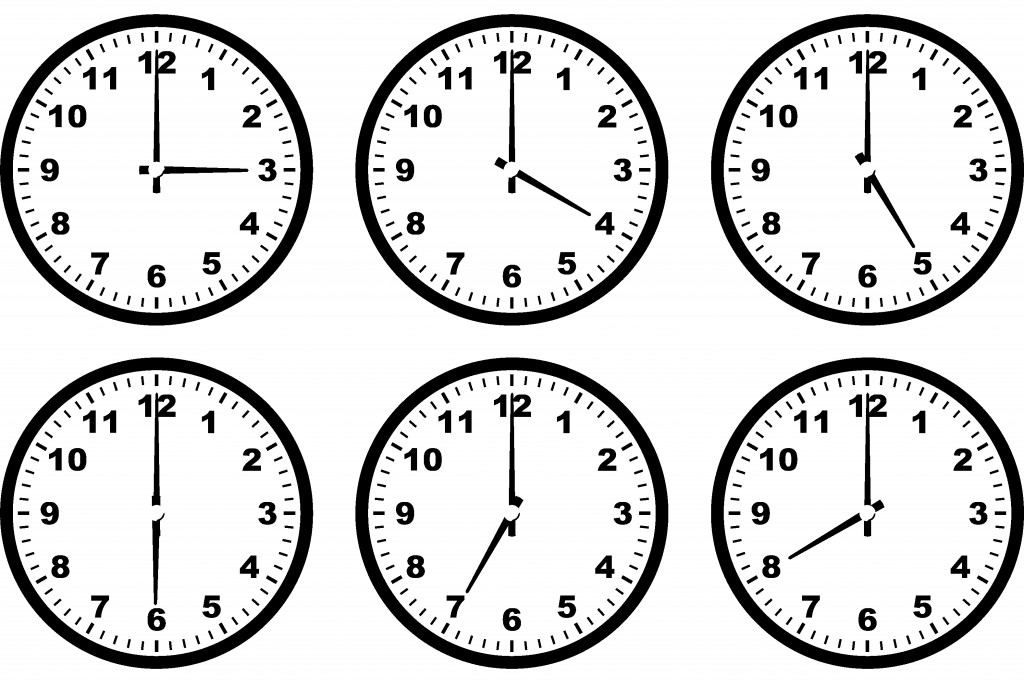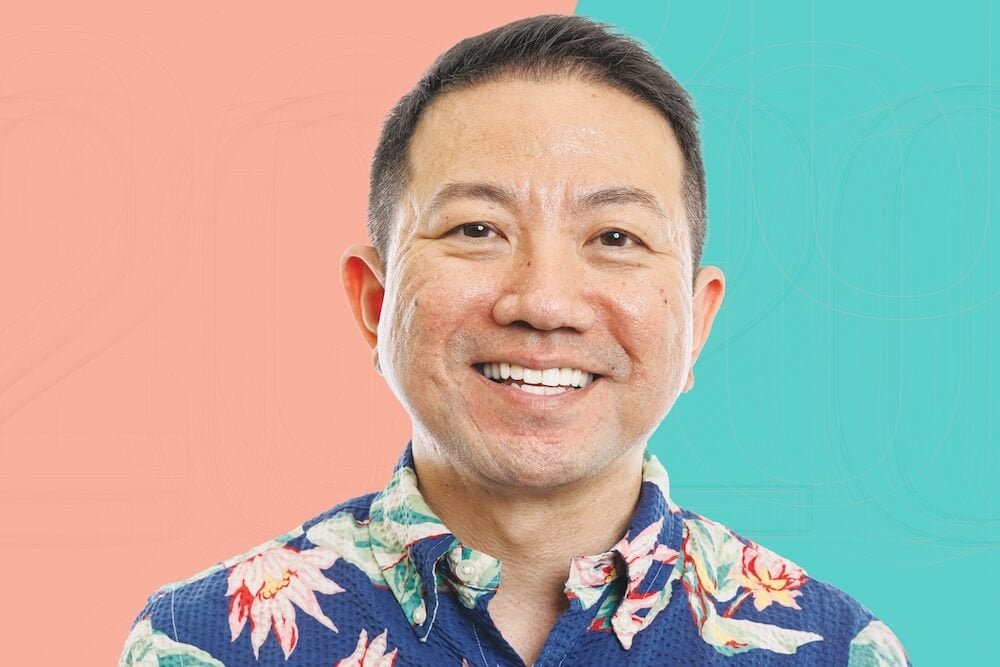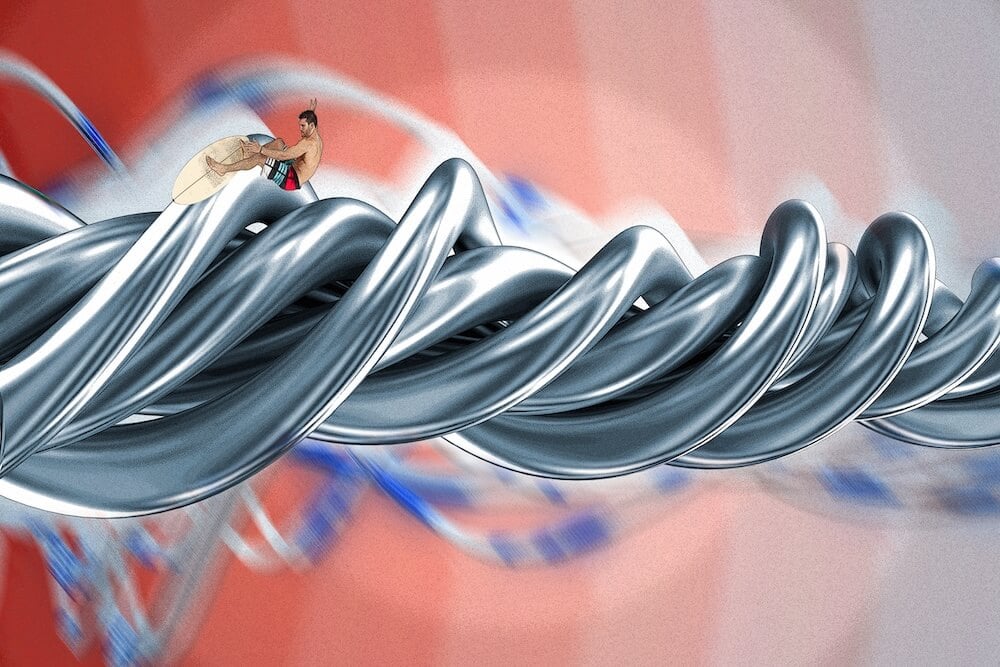Balancing Hawaii’s energy supply and demand

The sun and wind create clean, local energy for Hawaii, but they’re intermittent. They come and go on a schedule that doesn’t follow the Islands’ demand for power. Here are nine ways to ensure Hawaii’s energy supply and demand match.
In the field of power delivery, load balancing – matching supply to demand – is a constant high-wire act. Too little supply relative to demand, and you create blackouts. Provide too much power, and you suffer frequency fluctuations that can knock out your customers’ Keurigs.
Conventional utilities balance this delicate equation by making sure their fuel is, in industry parlance, firm and dispatchable – that the power capacity can be guaranteed ahead of time and put into service as needed. In Hawaii, that has usually meant burning oil and coal.
But fossil fuels burn dirty, and oil is subject to global price fluctuations that have helped drive Hawaii’s electricity costs to the highest in the nation by far. In partnership with the U.S. Department of Energy, Hawaii has charted the most ambitious energy overhaul course in the nation: at least 40 percent renewable, clean, locally generated energy across the state by 2030.
Admirable. But while sun and wind, renewable energy’s workhorses, are clean, local and effectively infinite, they come and go according to their schedule, not ours. Wind often blows hardest late at night, when demand is low. And the sun goes down just when energy needs peak, as people get home, cook dinner, take a shower and turn on the TV.
In a world where energy may one day be 40 percent, or even 90 percent, renewable, the new load-balancing act will be a lot more complicated than the old one. What will it look like? No one knows, says Makena Coffman, an energy policy specialist in UH-Manoa’s Department of Urban and Regional Planning, but one thing is clear: “There’s no silver bullet. Many things will have a role to play.”
Here is a look at some possibilities for those “many things,” broken down into three major categories: technology, management systems and constant renewables. None are a lock because each has pluses and minuses, and each will take years – if not decades – to implement fully. But some of them are likely to be a significant part of our energy future.
When Supply Exceeds Demand, Sock It Away
Here are the three technologies that could play a major role in storing renewable energy so we can use it whenever we need electricity.
Storage Technology #1: Batteries
“Storage is the big question” for intermittent renewables, says Coffman. Batteries have been around a long time and are our go-to energy-storage devices for their versatility and reliability. Utility-scale batteries like those used today at Kahuku Wind farm on Oahu’s North Shore can smooth out bumps and valleys in power supply. Jeff Mikulina, executive director of the nonprofit Blue Planet Foundation, says that the smaller, residential-scale batteries used as household backup in Japan and Europe could one day become part of the load-balancing potential of an American smart grid.
Pro: Reliable, portable.
Con: Slow to charge and discharge, uses a lot of space relative to energy stored, often made of toxic materials.
Storage Technology #2: Pumped Storage
This low-tech approach to energy storage takes power the grid doesn’t need and uses it to pump water uphill. When energy is wanted, the released water runs downhill to turn a turbine that generates electricity. Large pumped-hydro stations are often used to balance out the supply of energy at nuclear power plants (which are hard to cycle down), but the smaller facilities being studied for use on the Neighbor Islands would do the same for solar or wind power.
Pro: Clean, proven, low-maintenance.
Con: Hard to site; can affect landscape.
Storage Technology #3: Compressed Air
Surplus renewable energy can also be used to pressurize air, which turns a turbine when released. Compressed-air-storage facilities currently operating on the mainland and in Germany pump air into large underground caverns. Hawaii doesn’t have those, but we do have the ocean. At MIT, massive concrete spheres with walls three meters thick have been proposed for undersea air storage. Researchers at the University of Nottingham in the United Kingdom are developing a less weighty solution: the Energy Bag, a giant sack made of aerospace-grade fabric that would rely on the intense pressure of a deep-sea environment to keep the air in check until it’s needed.
Pro: Clean; uses assets we have, like near-shore deep water.
Con: Promising, but technology’s not there yet.
When Demand Exceeds Supply, Manage Demand
Utilities across the state are experimenting with smart grids, which allow minute-by-minute two-way communication between utility and customer. “Smart gridding does a lot of things,” says Coffman, “but the basic idea is a shift (for the utility) from being a passive provider of energy to being a very active manager of it.” Here are three management tools that can help match renewable supply with existing and future demand.
Management Tool #1: Time-of-Use Rates
European and Asian countries, where power can be more expensive than in Hawaii, have adopted rate schedules in which electricity costs more at peak hours. Consumers eager to save money respond to these price differences, and that creates smaller peaks in demand. Mikulina says that, in some places, customers even occasionally get paid to use power. Hawaii utilities are introducing voluntary time-of-use rates.
Replaces: One price for one kilowatt hour, regardless of how much it costs the utility to produce.
Management Tool #2: Demand Response
With the Hyatt Regency Maui Resort & Spa as its first partner, the Maui Electric Co. has introduced a fast demand-response pilot program for commercial and industrial customers that pays businesses for turning off noncritical electrical functions for short periods of time to balance load. Currently, MECO sends a request to the Hyatt, which voluntarily scales back noncritical functions, like back-of-house air conditioning, for up to an hour. Other demand-response pilot programs in California and the United Kingdom are automated, but with an optional override. Eventually, Mikulina envisions an ultra-responsive smart grid that could manage load seamlessly and unnoticeably by turning off your exhaust fan or pool pump for a few minutes at a time.
Replaces: “Spinning reserve,” in which utilities burn fuel to keep a turbine spinning but unconnected, in case it is needed to absorb unexpected demand or shortfall of other energy sources – say when a big cloud blocks the sun and solar power output drops quickly.
Management Tool #3: Customer Control
Smart grids also put power in the hands of individuals. In New York City, Con Edison customers who want to walk into a cool house at the end of a broiling summer day can sign up for the CoolNYC program. Instead of leaving the A/C on all day, users get an app that can turn on their air conditioners when they are already homebound. Whole-home energy monitors like The Energy Detective, which provide instantaneous usage feedback, can also help energy end-users stay in the driver’s seat.
Replaces: One-way-information analog meters.
Partner Solar and Wind with Constant Renewables
Increasing storage capacity and managing demand can go a long way toward making wind and solar work with the grid, but, in the near term, Hawaii’s power supply needs a firm, dispatchable source of energy. It just doesn’t have to be fossil fuel. What renewables do we have plenty of?
Constant Renewable #1: Trash
On Oahu, the HPOWER waste-to-energy facility has been turning trash into power since 1990. Oahu’s Hawaiian Electric Co. has also contracted Honua Power to “gasify” some of the island’s waste. Gasification turns biomass waste (such as plant clippings) and other organic renewables into clean energy by producing a gaseous biofuel that can be burned to drive turbines. Honua claims this approach, which has been around for more than a century, will reduce environmental impact by 90 percent in comparison with typical plants burning fossil fuel.
Pro: Kills two birds with one stone, removing methane-producing waste from the island system and producing energy.
Con: Burning trash directly (HPOWER) still adds significantly to pollution, and supplies of waste biomass are limited. HECO says Honua’s facility is not yet completed.
Constant Renewable #2: Trees and Other Biofuels
There are many biofuel projects going on in Hawaii, but the Kauai Island Utility Cooperative is betting big on wood, mankind’s original source of renewable energy. KIUC has contracted with Green Energy Team LLC to buy power produced from a plant that will convert biomass (trees) into electricity. A German corporation, Standardkessel, is slated to build the plant near Koloa using technologies that Eric Knutzen of the Green Energy Team says will reduce nitrogen oxides by 80 percent and sulfur oxides by 66 percent versus the current diesel fuel power plant, which will be dialed down as the new plant comes online. According to Knutzen, invasive albizia trees will be cleared from 2,000 acres on Kauai and replaced with fast-growing, noninvasive tropical hardwoods approved by the state Department of Land and Natural Resources. Both cleared albizia and the planted hardwoods will be used in the closed-loop biomass-to-energy plant, which, when operational, will be the first such facility in the U.S.
Knutzen says the CO2 absorbed by the trees as they grow will offset the carbon emitted during burning, for a carbon-neutral process.
Pro: Cleaner, cheaper firm power. Knutzen says the state’s consumer advocate found that the plant would save KIUC’s customers between $5.5 million and $20 million dollars per year.
Con: Growing trees for fuel is land greedy and climate specific. Workable for Kauai; harder for Oahu.
Constant Renewable #3: Geothermal
Hawaii Island’s Hawaii Electric Light Co. supplies its customers with more than 30 percent renewable energy, the highest percentage in the state by far, in large part thanks to the energy produced by Puna Geothermal Venture. Right now, geothermal-generated electricity is confined to Hawaii Island, but, in March 2012, a bill passed by the state Legislature laid the regulatory framework for undersea cables that would allow islands to share power.
Pro: The “holy grail” of 21st-century energy is a “cheap, firm, dispatchable, renewable resource,” says Blue Planet’s program director, Richard Wallsgrove, and geothermal energy can be all of those things.
Con: Great for Hawaii Island; for the rest of us, geothermal will take longer and cost more.
Final Thoughts
“We have a huge opportunity to truly make Hawaii a global leader in something that is the generational challenge,” says Mikulina, of Blue Planet Foundation. Colton Ching, VP of energy delivery at HECO, agrees: “The solutions here (in Hawaii) are more easily identifiable. And (unlike on the mainland) we’re all on the same side of the table, saying ‘Yeah, we should do this. Let’s find a way to make it happen.’”
Case Study: KIUC and the Local Solution
The Garden Island’s electric utility, the Kauai Island Utility Cooperative, has set the most ambitious energy goal in Hawaii: 50 percent renewable energy by the year 2023. “We think that will be the highest percentage of any utility in the country, and possibly the world,” says Jim Kelly, KIUC’s communications manager.
Can Kauai do it? It has a lot going for it: In addition to plenty of natural resources, Kaua‘i has a relatively small population in relation to its land size, about 68,000 residents.
KIUC is also a cooperative, owned by its members – that is, its customers. Being a co-op, Kelly says, “absolutely helps. We’re very nimble. There is very little bureaucracy here.”
But the Island also faces an outsize challenge. Wind power, one of renewable energy’s major options, is off the table. Kauai is home to a large population of endangered seabirds. Mixing windmills and federally protected avian life could have disastrous results, both for endangered bird populations and KIUC’s bottom line. “We want to go renewable,” says Kelly, “but not at any cost.”
KIUC plans to leverage what it’s got. A six-megawatt solar facility, the largest in Hawaii, has gone up at Port Allen, owned by a subsidiary of land-rich Alexander & Baldwin. Two more large-scale solar projects are planned, which would more than triple KIUC’s solar capacity and account for half of Kauai’s daytime energy needs by 2015.
Firm power is still central to the plan (see Constant Renewable #2 in the main story), but KIUC will take advantage of Kauai’s available agricultural land to see that much of it comes from renewable fuel, grown on-island. More hydroelectric power, which has been used on Kauai for more than a century, is also on the cards.
Kelly says that, in an era of local renewables, each location’s solution will be unique. “What’s cool about this is that there’s not a one-size-fits-all answer to this problem,” he says. “It’s going to be truly local. Each island has its own menu of solutions that they’re selecting, depending on what natural resources are available to them, what the community is embracing and what the costs are.”
Look Out for Black Swans
One thing all factions of the power industry can agree on is that no one really knows what the energy landscape will be a generation from now. “We all have our own vision of what it might look like, but we need to remain open to black swans,” says Mikulina.
In this case, a “black swan” – a term coined in 2007 to mean an unexpected development that changes the world so much it looks inevitable in hindsight – may look like a graphene supercapacitor.
Like batteries, capacitors store electrical energy. But they are much simpler devices, and can charge and discharge up to 1,000 times faster than a battery. Until recently, there was a catch: Most capacitors were many times the size of an equally powered battery, and supercapacitors (energy-dense capacitors) were difficult and prohibitively expensive to make. That is, until UCLA graduate student Maher El-Kady was tinkering in the lab one day and stumbled on a way to make a supercapacitor using a LightScribe DVD burner – the kind that might have come with your PC. No commercial applications exist yet, but this breakthrough is already being hailed as potentially game-changing.
Imagine charging your electric car in less than the time it takes for a gas fill up. Or using graphene supercapacitors at utility scale to store excess energy and thereby smooth out peaks in demand. And, because they’re biodegradable, they can supply the compost heap when they’re done.
In the near term, though, it’s hard to tell a black swan from a red herring, and even forward-thinking utilities need to be cautious before embracing new ideas. “There are a lot of people out there selling renewable-energy ideas, but they usually don’t have any financing, and a lot of times they have no examples of where it’s actually working,” says Jim Kelly, of KIUC. “We just don’t have the time to fool around with that kind of stuff. We’ve got a very aggressive schedule. We’re not in the experimenting business; we’re in the power-supply business, and we need processes and technologies that have proven to actually work and that make sense financially.”
One for the Road
Some day, your electric car may not just save you money; it might earn you money. The University of Delaware has fitted a small fleet of Mini Coopers with “vehicle-to-grid” technology: two-way battery chargers that could – if scaled up immensely – be used to stabilize the fluctuations of a city’s grid by absorbing excess power and serving as a vast, diffuse power reserve.
The cost of the extra circuitry for the cars is about $400, but that pales in comparison to what the cars can earn: about $5 a day, or up to $1,800 a year, according to V2G pioneer and University of Delaware professor Willett M. Kempton. The project is still in its pilot phase, but these souped-up Mini Coopers aren’t the only cars with two-way batteries. In Japan, Nissan offers an option that lets you use your Leaf to power your house during a blackout.







